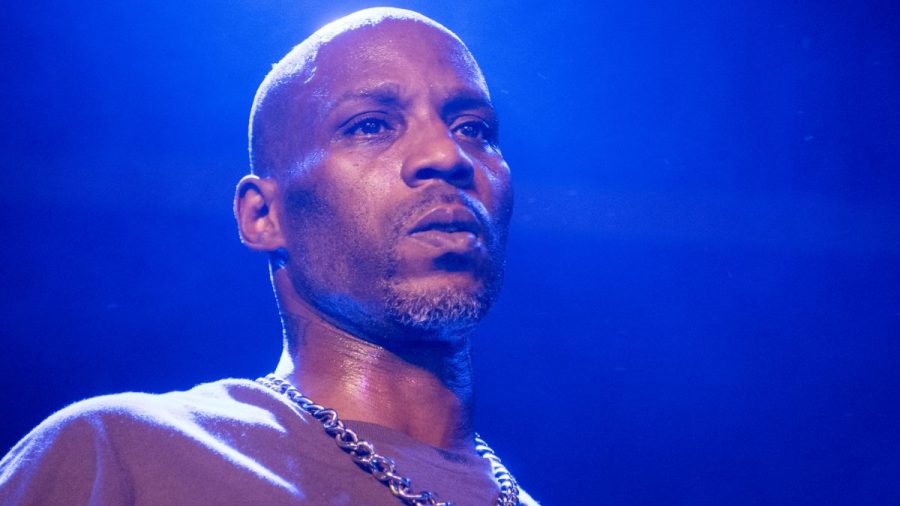The Complicated, Inspiring Legacy of DMX
DMX, an iconic but troubled artist, passed away on April 9th, leaving behind a complex legacy
Earl Simmons, the electrifying, iconic but troubled artist better known as DMX, passed away on April 9th at White Plains Hospital after suffering “catastrophic cardiac arrest”, brought about by apparent overdose. He was 50 years old.
Rushed to the hospital on April 2nd, Simmons spent several days on life-support, succumbing to his ailments with his family by his side. In a statement released by his family, they described Earl as “a warrior who fought to the very end.”
The only rapper to have his first five albums chart at No. 1 on the Billboard 200, DMX’s music was truly one of a kind. Juxtaposing menacing aggression with an edge of vulnerability, his growling anthems offered a glimpse into his complicated world.
Born in 1970 and raised in Yonkers, New York, Simmons grew up without his biological father, experiencing physical abuse at the hands of his mother and her boyfriends. Escaping his abuse, DMX would wander the streets of Yonkers, befriending the stray dogs which would eventually become a motif throughout his music. Abandoned, scared, and surviving through strength and aggression, it’s easy to see why DMX identified with them. His signature growling vocals, partially brought about by his chronic bronchial asthma, and barking adlibs seem reminiscent of this connection.
Eventually making his way through group homes and juvenile detention centers, DMX turned to the streets, robbing to make a living. These gritty experiences certainly informed his music, with lyrics about violence and crime, but what surface-level listeners may miss are thoughtful, insightful messages of self-love and harmony. DMX preached loyalty, frequently giving back to underprivileged communities, trying to help children in the situations he was forced to endure. The many stories of charity work at the Children’s Village (a home for troubled kids which he attended), visiting children with AIDS, and visits to homeless support meetings paint the image of a compassionate man, one who was repeatedly failed by institutions.
Although he blew up around the turn of the century, with his debut album It’s Dark and Hell is Hot charting at No. 1 in 1998 upon its release, DMX’s success was far from overnight, being the culmination of years of hard work. Unfortunately, as he was making his name for himself as a rapper throughout the ’80s and ’90s, his addiction was simultaneously consuming his life. At just 14 years old, a rapper named Ready Ron, who had befriended Simmons and helped him get his start in the rap world, introduced an unknowing Simmons to crack cocaine through a laced blunt.
His struggle with addiction would feed into lifelong legal troubles, battles with mental health (he later revealed he was diagnosed with bipolar disorder), and his eventual passing, but Simmons always managed to see light between the darkness of the clouds. A Christian who frequently preached and praised God on the very same albums he rapped about some of the darkest thoughts imaginable, DMX painted a painstaking struggle between heaven and hell.
2019-2020 - Staff Writer
2020-2021 - Creative Director
Hear more about me!





![UNSUNG HEROES — Fred Korematsu, Karen Korematsu and Aiko Herzig-Yoshinaga are awarded the Asian American Justice Medal to recognize their fight for justice following the incarceration of Japanese Americans during World War II. In addition, scientists Shuji Nakamura, David Ho, Tsoo Wang, Mani Menon and Chih-Tang “Tom” Sah receive the Asian American Pioneer Award. "[As a scientist,] it is crucially important to be able to communicate your work and your discoveries to [not only] other scientists, but also to the general public," Ho said. Photo by Talia Boneh](https://cmagazine.org/wp-content/uploads/2025/07/useee-600x400.jpg)

